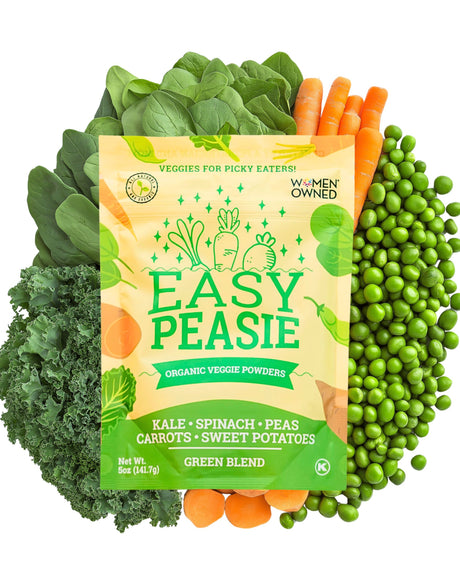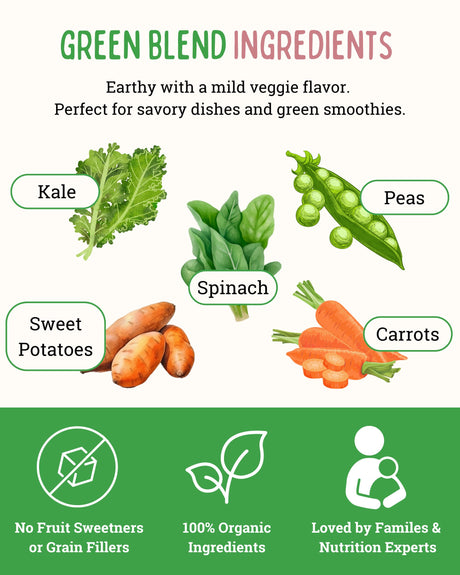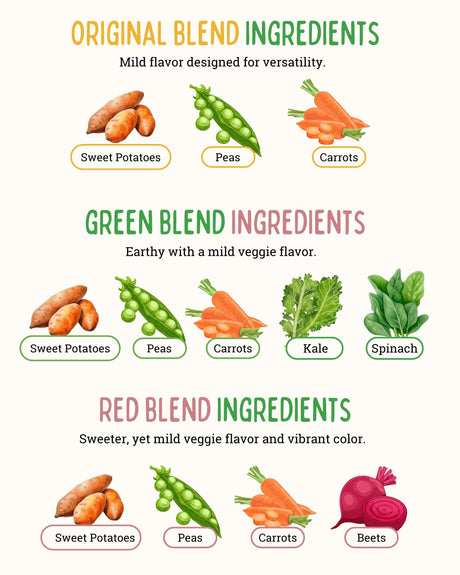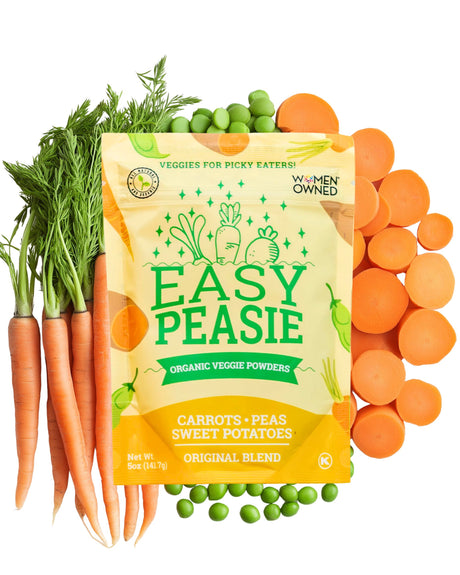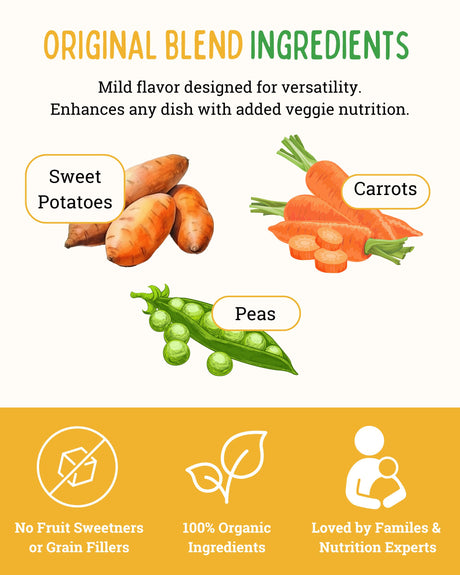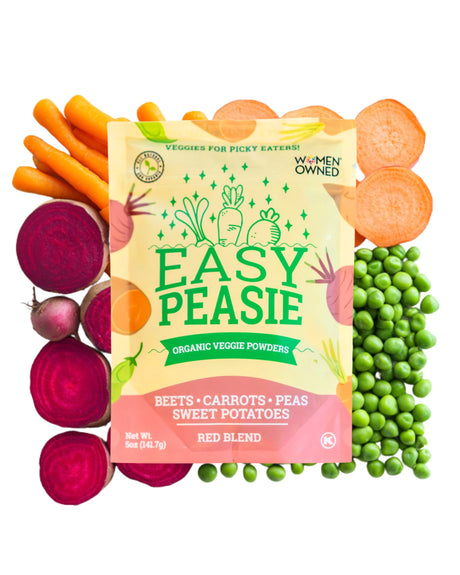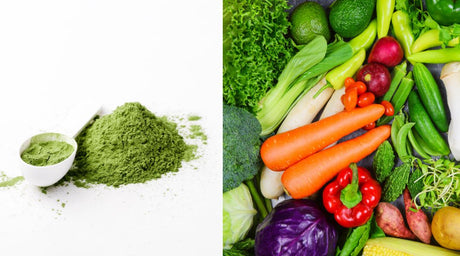Dairy’s Role and the Challenge of Lactose Intolerance
Dairy's Nutritional Bounty
Dairy has long been celebrated as a cornerstone in children’s diets. It’s a food group that wears many hats, offering a rich supply of calcium, vitamin D, protein, and other essential nutrients that play a crucial role in healthy growth and development.
Children who consume dairy are often introduced to a world where bones become stronger, where each glass of milk or slice of cheese contributes to their radiant health and vitality.

The Lactose Hurdle
However, while dairy is a friend to many, it’s also a challenge for a significant number of children. Lactose intolerance, a common digestive issue where the body is unable to fully digest lactose, the sugar found in milk and dairy products, emerges as a silent intruder.
It’s not uncommon to hear stories of children who face discomfort, bloating, and other symptoms after enjoying their favorite dairy delights.
In this dance between the undeniable benefits of dairy and the shadow of lactose intolerance, parents often find themselves seeking a balance. A balance where nutrition, comfort, and the joy of savoring delicious foods converge harmoniously.
What is Lactose? A Deep Dive into Dairy's Natural Sugar

Lactose Defined
Lactose, often referred to as the "milk sugar," is a natural carbohydrate found in all dairy products. From the creamy texture of yogurt to the refreshing taste of milk, lactose plays a pivotal role in giving dairy its slightly sweet taste.
It's this sugar that not only contributes to the flavor profile of our favorite dairy delights but also serves as a primary energy source for young mammals.
Digesting Lactose: The Body's Process
When we consume dairy products, the digestive system gets to work, breaking down the foods and absorbing the nutrients. Central to the digestion of lactose is an enzyme called lactase, produced in the small intestine. Lactase's primary job is to break down lactose into two simpler sugars: glucose and galactose.
These sugars are then absorbed into the bloodstream, providing energy for our daily activities. In understanding lactose and its journey through our body, we gain insights into the delicate dance of digestion. It's a process that, for many, occurs seamlessly, but for others, requires a bit more attention and care.
Understanding Lactose Intolerance: When Dairy Doesn't Sit Right
Defining Lactose Intolerance
Lactose intolerance is a common digestive issue where the body is unable to fully digest lactose, the primary sugar found in milk and dairy products. It's not an allergy to milk but rather a sign that the body isn't producing enough of the enzyme lactase, which is crucial for breaking down and absorbing lactose.
As a result, lactose remains undigested, leading to various gastrointestinal symptoms.
The Body's Reaction to Undigested Lactose
When lactose isn't properly broken down in the small intestine due to a lack of lactase, it travels to the large intestine. Here, it becomes food for the naturally occurring bacteria. As these bacteria ferment the undigested lactose, they produce gas. This process can lead to a range of uncomfortable symptoms including bloating, gas, diarrhea, and stomach cramps. Some people might also experience nausea, which can sometimes be accompanied by vomiting.
It's essential to recognize that lactose intolerance is about digestion and not an immune response. Unlike a milk allergy, where the immune system reacts to the proteins in milk, lactose intolerance is purely a digestive issue.
Understanding this distinction can help individuals make informed dietary choices and seek appropriate interventions.
Recognizing Lactose Intolerance in Little Ones
Common Signs in Kids
Lactose intolerance can manifest in various ways, especially in children. Parents should be vigilant about certain symptoms that might indicate their child's body is struggling to digest lactose.
Common signs include stomach pain or cramps, diarrhea, and excessive gas. Some children might also experience bloating, nausea, or even vomiting after consuming dairy products.
Kids vs. Adults: Spotting the Differences
While many of the symptoms of lactose intolerance are consistent across age groups, there are some nuances when it comes to children. Kids might be more vocal about stomach pain or might become unusually fussy after meals containing dairy. They might also show signs of discomfort like clutching their stomachs.
In contrast, adults might be more attuned to recognizing patterns in their symptoms, linking them back to specific foods or meals. They might also experience additional symptoms like headaches or fatigue, which are less commonly observed in children.
It's crucial for parents to monitor their child's reactions after consuming dairy and to consult with a pediatrician if they suspect lactose intolerance. Early identification can help manage symptoms and ensure the child receives adequate nutrition from other sources.
Delving into the Causes of Lactose Intolerance
Why Some Kids Develop Lactose Intolerance
Lactose intolerance stems from the body's reduced ability to produce lactase, the enzyme responsible for breaking down lactose found in dairy products. As children grow, the production of lactase can decrease, leading to a reduced ability to digest lactose effectively.
While some kids might have a natural decline in lactase production, others might experience it due to an injury to the small intestine or certain digestive diseases. It's essential to understand that lactose intolerance is not the same as a milk allergy, which involves the immune system.
Genetics and Ethnic Prevalence
There's a strong genetic component to lactose intolerance. It's more common in certain ethnic groups than others. For instance, East Asian, African, African American, Native American, and Hispanic populations tend to have higher rates of lactose intolerance compared to those of Northern European descent.
This genetic predisposition means that if a child's parents or close family members have lactose intolerance, the child has a higher likelihood of developing it too.
Understanding the genetic and ethnic factors can help parents be more vigilant about potential symptoms, especially if there's a family history. It also underscores the importance of cultural awareness in dietary recommendations and understanding that one size doesn't fit all when it comes to nutrition.
Navigating Lactose Intolerance: Practical Tips and Tricks

Dietary Adjustments for Lactose Intolerance
One of the primary ways to manage lactose intolerance is through dietary adjustments. Thankfully, with the growing awareness of lactose intolerance, many lactose-free and lactose-reduced options are available in grocery stores.
From lactose-free milk to cheeses and yogurts, there's a plethora of choices that allow kids to enjoy the taste and nutritional benefits of dairy without the discomfort. Additionally, many plant-based milk alternatives, such as almond, soy, and oat milk, are naturally lactose-free and can be great substitutes in recipes and meals.
Over-the-Counter Solutions: The Role of Lactase Supplements
For those times when avoiding lactose isn't feasible or when your child wants to enjoy a dairy-rich treat, lactase supplements can come to the rescue. These over-the-counter supplements provide the body with the lactase enzyme, helping break down lactose and prevent symptoms.
They come in various forms, including chewable tablets and drops, making them kid-friendly. However, it's essential to consult with a pediatrician or nutritionist before starting any supplements.
Decoding Food Labels: Spotting Hidden Lactose
Lactose can be sneaky! It's not just in obvious dairy products but can also be found in less expected items like bread, cereals, and even some processed meats. This is why reading food labels becomes crucial. Look out for ingredients like "milk solids," "whey," "curds," and "milk by-products," which indicate the presence of lactose.
Educating oneself about these hidden sources and making it a habit to scan labels can make grocery shopping much more manageable and ensure that the chosen products align with your child's dietary needs.
Remember, while managing lactose intolerance might seem daunting initially, with a bit of knowledge and preparation, it becomes much more straightforward. And the best part? Your child doesn't have to miss out on delicious foods; it's all about making informed choices!
Exploring Dairy Alternatives: Nutritious and Delicious Options
Lactose-Free Milk and Dairy Products
For those who love the taste and texture of traditional dairy but can't handle the lactose, there's good news! Many brands now offer lactose-free versions of milk, cheese, yogurt, and even ice cream.
These products undergo a process that breaks down lactose, making them easier to digest while retaining the familiar dairy flavor. They're an excellent option for kids who have lactose intolerance but still crave their favorite dairy treats.
Dive into Non-Dairy Alternatives
The world of non-dairy milk has expanded significantly in recent years.
- Almond milk, with its slightly nutty taste, is a favorite among many and works well in cereals and smoothies.
- Soy milk, rich in protein, is a closer match to cow's milk in terms of nutrition and can be used in cooking and baking.
- Oat milk has gained popularity for its creamy texture and naturally sweet flavor, making it a hit in coffee and desserts.
Other notable mentions include coconut milk, rice milk, and hemp milk. Each of these alternatives offers a unique taste profile, so it's worth experimenting to find out which one your child prefers.
Nutrient Considerations: Beyond Dairy
While dairy is a primary source of calcium and vitamin D for many, it's essential to ensure that kids who consume less dairy still get these vital nutrients. Leafy greens like kale and spinach, fortified cereals, and foods like oranges and salmon can be excellent sources of calcium and vitamin D.

Additionally, nuts, seeds, and legumes can provide other essential nutrients commonly found in dairy. It's all about balance and variety. If you're unsure about your child's nutrient intake, consider consulting with a pediatric nutritionist to ensure they're getting everything they need.
In the end, whether it's due to lactose intolerance or personal preference, there are plenty of dairy alternatives available. With a bit of exploration and creativity, you can find delicious and nutritious options that your child will love!
Living with Lactose Intolerance: Navigating Daily Life
Preparing for Social Events and Outings
One of the challenges parents face when their child has lactose intolerance is navigating social events where food is involved. Birthday parties, school events, and family gatherings can be a minefield of potential lactose-laden treats. Preparation is key.
Consider speaking with hosts in advance about your child's dietary needs. Many are accommodating and may offer lactose-free alternatives. Alternatively, bring along a lactose-free treat or dish that your child can enjoy. This ensures they don't feel left out and can partake in the festivities without worry.
School Lunches: Planning Ahead
School lunches can be a bit tricky, especially if the school cafeteria doesn't offer lactose-free options. Packing lunches is a practical solution. Invest in a good-quality lunchbox and include a variety of lactose-free foods that your child enjoys.
There are numerous lactose-free cheeses, yogurts, and other snacks available in stores now. Don't forget to add a note or sticker indicating that the lunch is lactose-free to avoid any mix-ups.
Empowering Kids: Knowledge is Power
It's essential to educate kids about their lactose intolerance so they can make informed decisions when you're not around. Start with a simple explanation of what lactose is and how it affects their body. Use age-appropriate language and visuals if necessary.
The goal is to make them aware, not scared. Teach them to read food labels and identify potential sources of lactose. Role-playing scenarios, like asking for lactose-free options at a restaurant, can also be beneficial.
As they grow older and more independent, this knowledge will empower them to make the right food choices and advocate for their needs.
Living with lactose intolerance might require some adjustments, but with a bit of planning and education, it's entirely manageable. Remember, it's all about ensuring your child feels confident, informed, and included in all aspects of their life.
Embracing the Lactose-Free Journey: It's Manageable!

Challenges, Yes, But Totally Doable
Lactose intolerance, while presenting its set of challenges, is entirely manageable. Yes, there might be moments of trial and error, and yes, there might be times when your child feels a tad left out. But remember, with the growing awareness and the plethora of lactose-free options available today, navigating this journey has become much smoother.
It's all about adaptation and education. With the right knowledge and tools, you and your child can easily handle any lactose curveball thrown your way.
Stay Informed and Collaborate
Knowledge is your best ally. Stay updated with the latest research, products, and dietary recommendations related to lactose intolerance. Healthcare professionals are invaluable resources in this journey. Regular check-ups, discussions about symptoms, and seeking advice on dietary changes can make a world of difference.
Remember, you're not alone in this. Collaborate with doctors, nutritionists, and even teachers to ensure your child's needs are met at all times.
Share and Learn: Your Experience Matters!
Lastly, your experiences, both the highs and the lows, can be a beacon for other parents navigating the same path. Share your stories, your tips, and even those little lactose-free recipes that were a hit at home. By creating a community, we can all learn, adapt, and grow together.
So, why wait? Start a conversation, join a forum, or even pen down your journey. Every bit of shared knowledge paves the way for a smoother, lactose-free future for our kids.
Leave your comments below; we love to hear from you! And don't forget to follow EasyPeasie for more veggie info and convo on YouTube, Facebook, and Instagram! ~ThePeas


